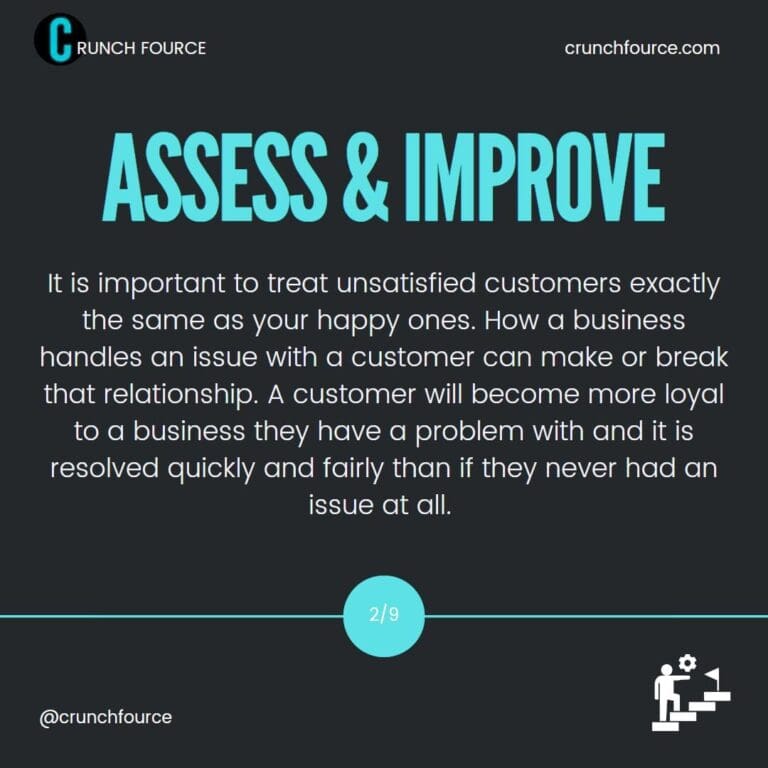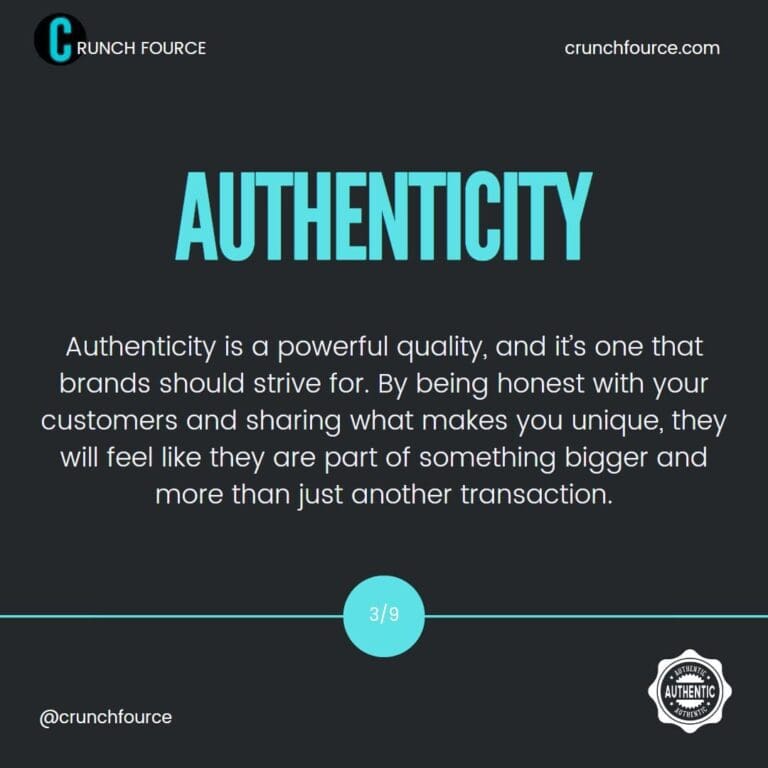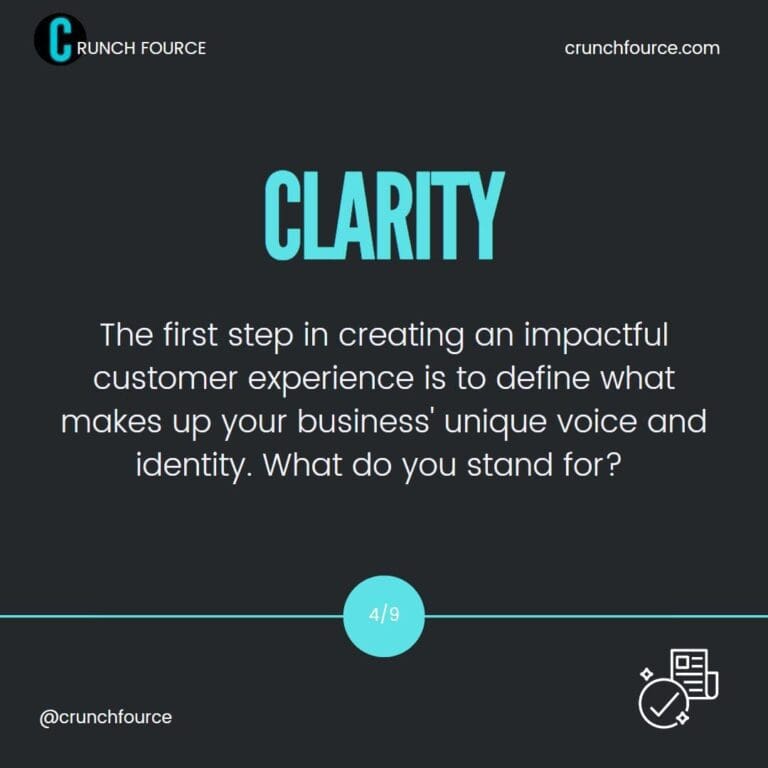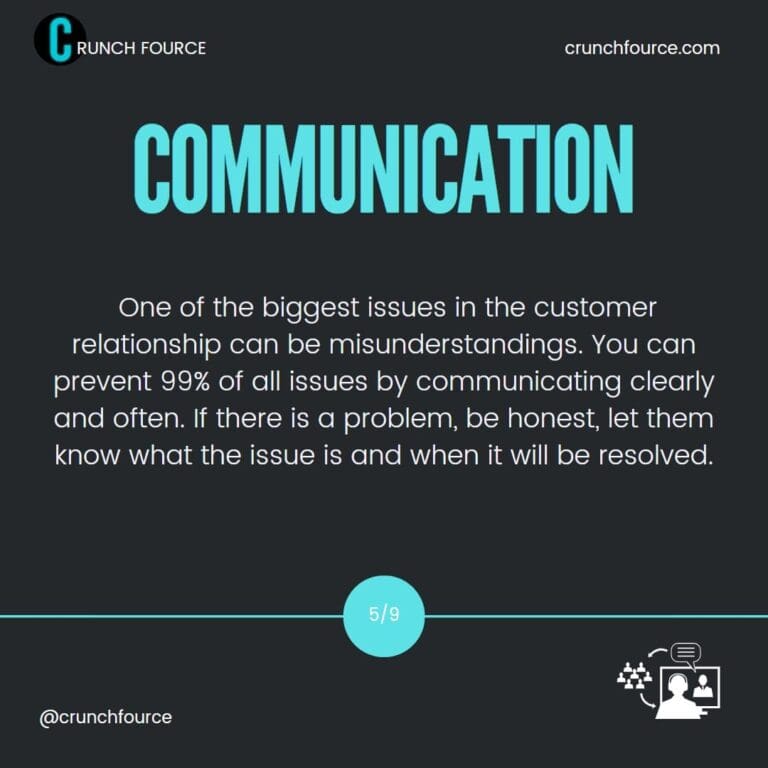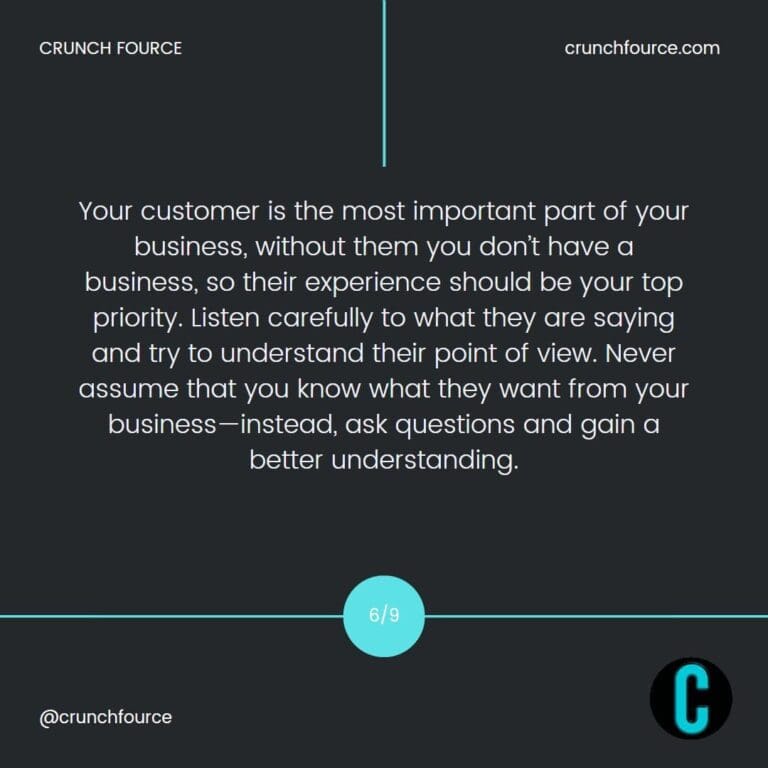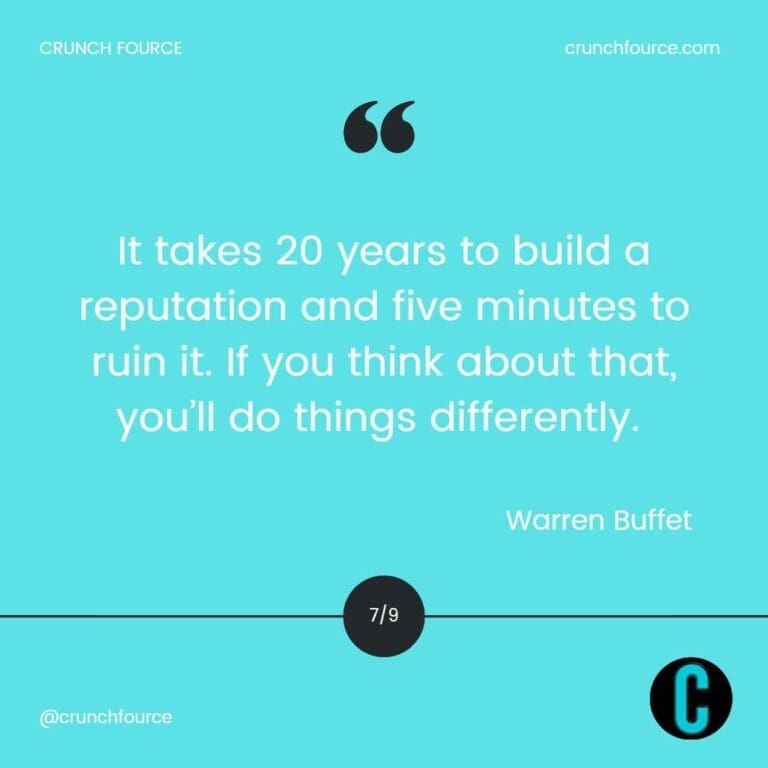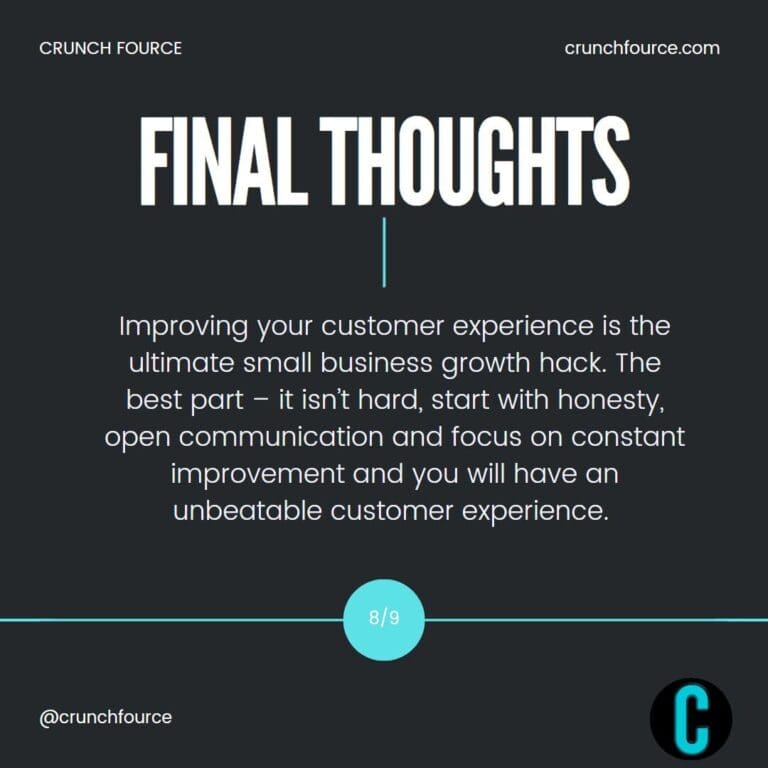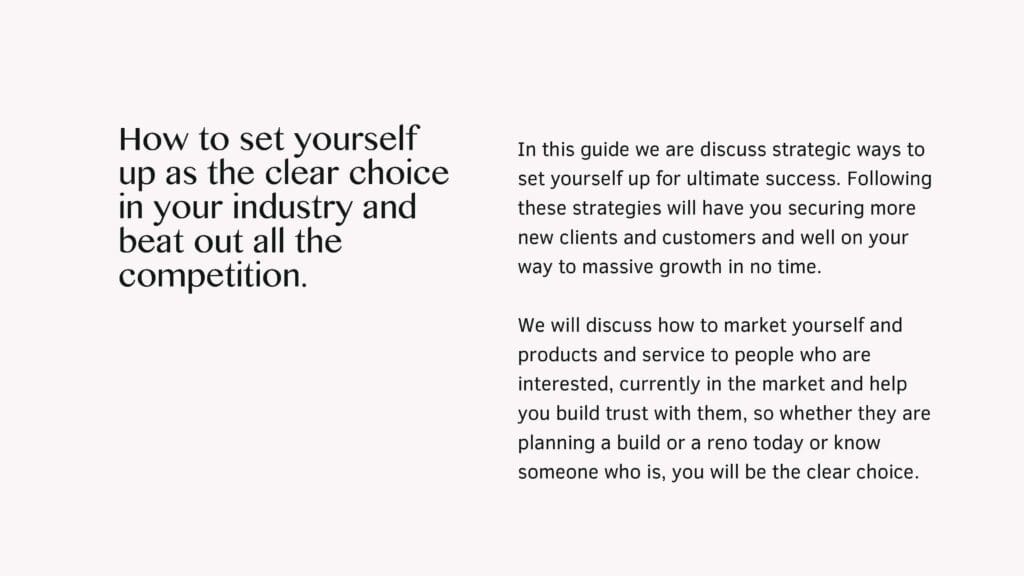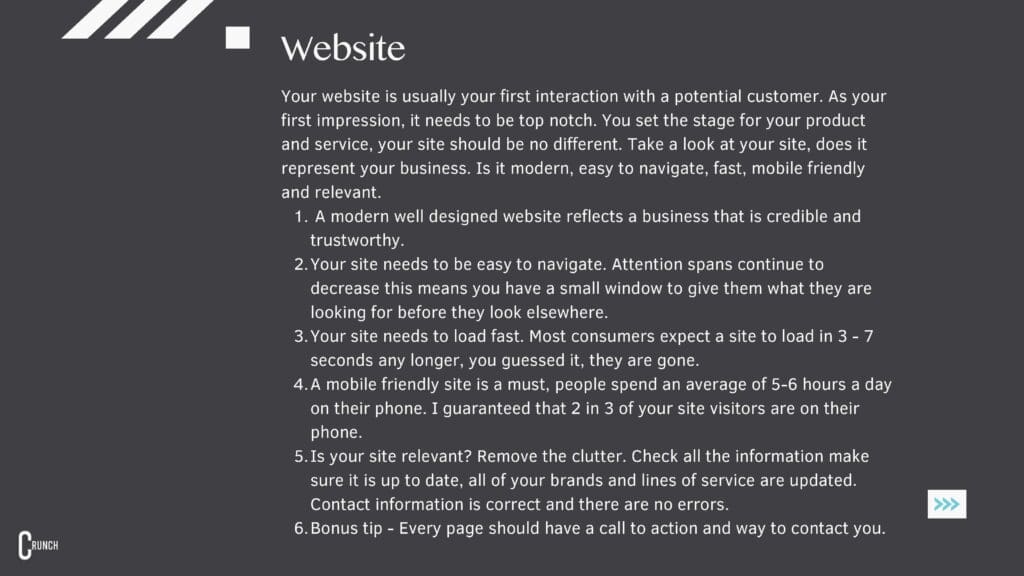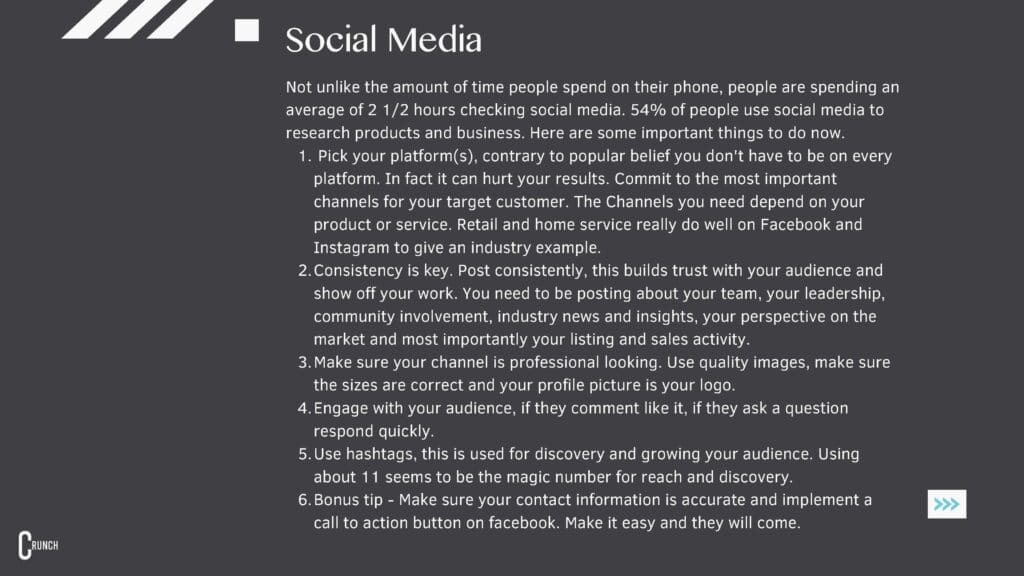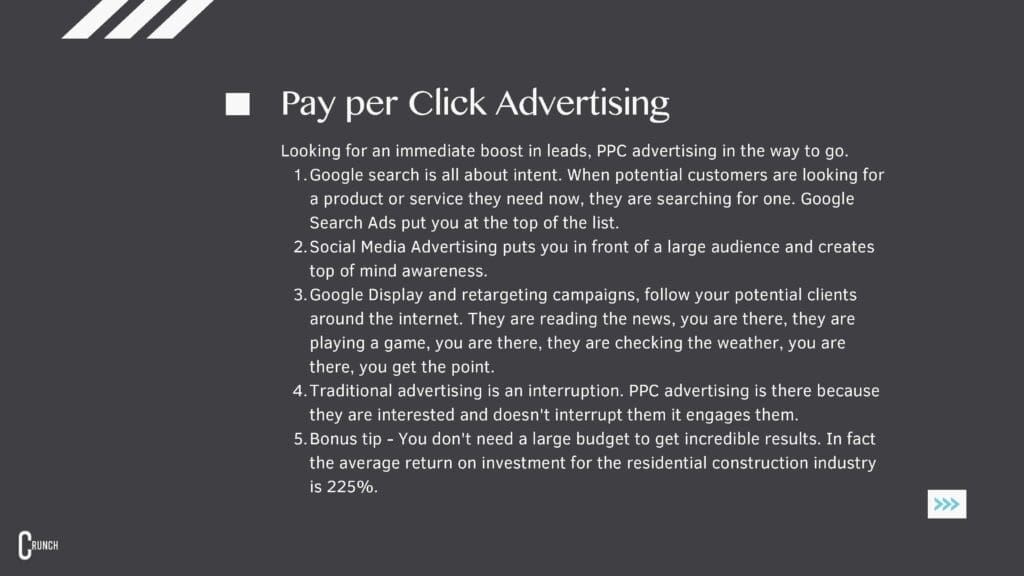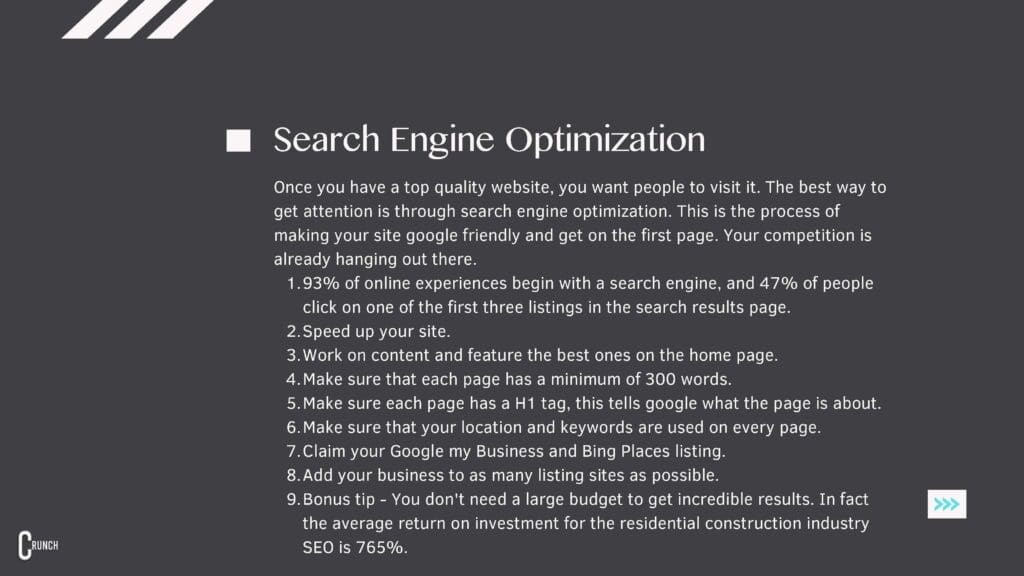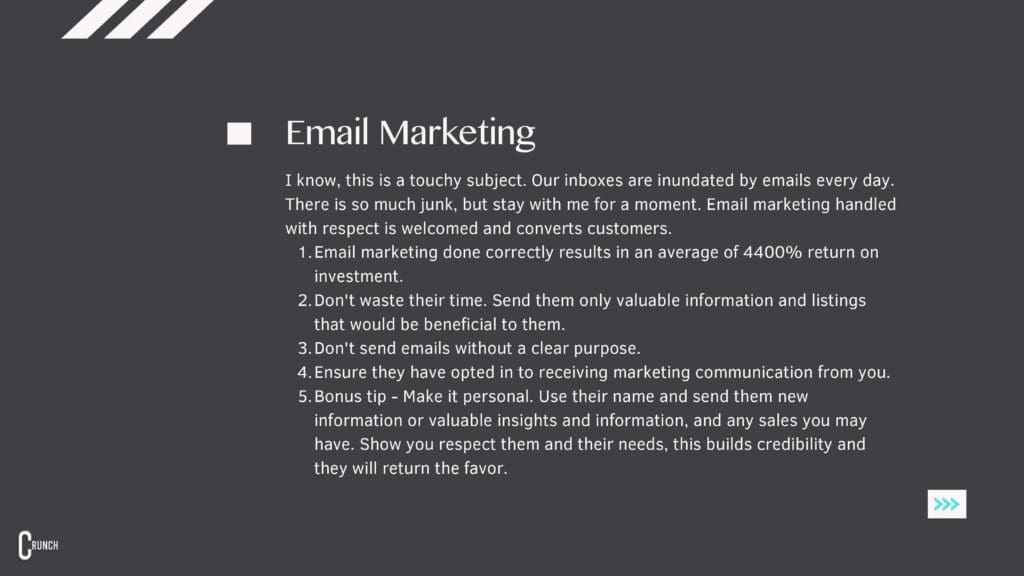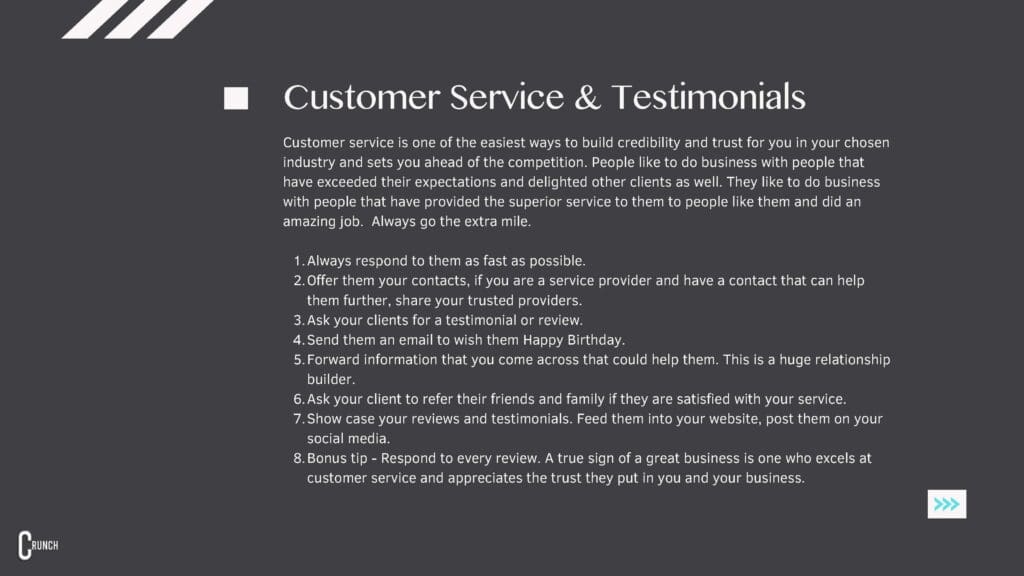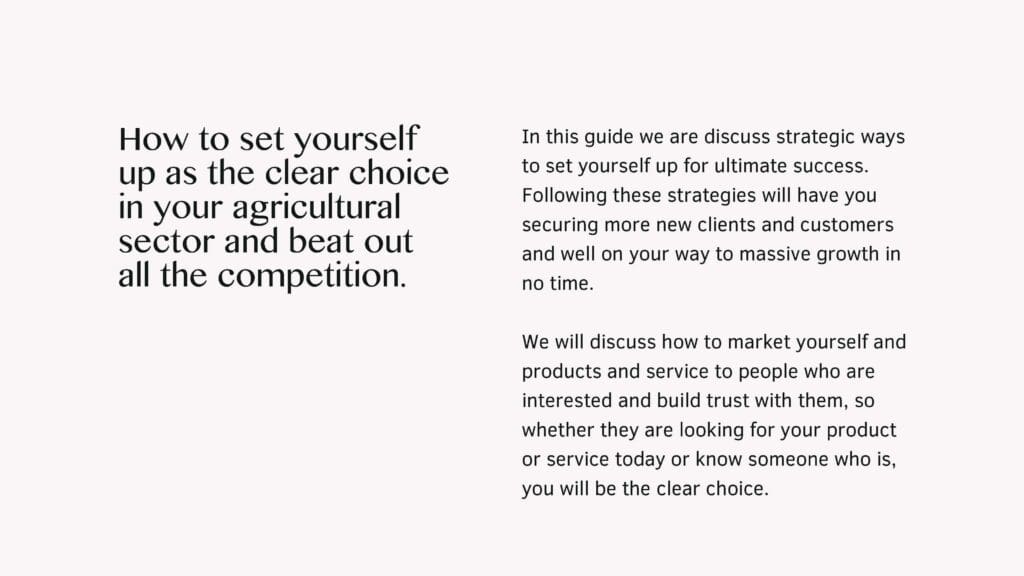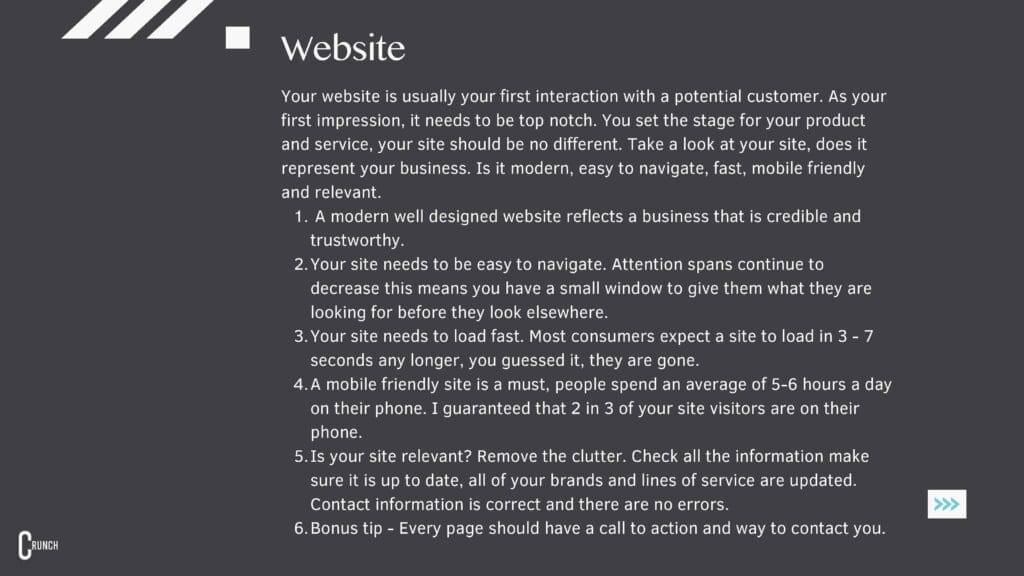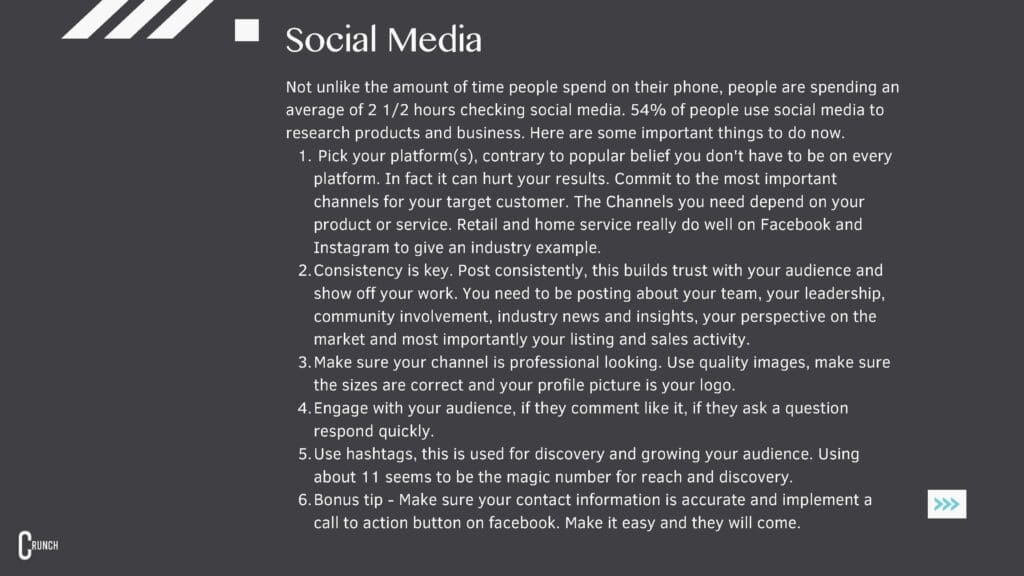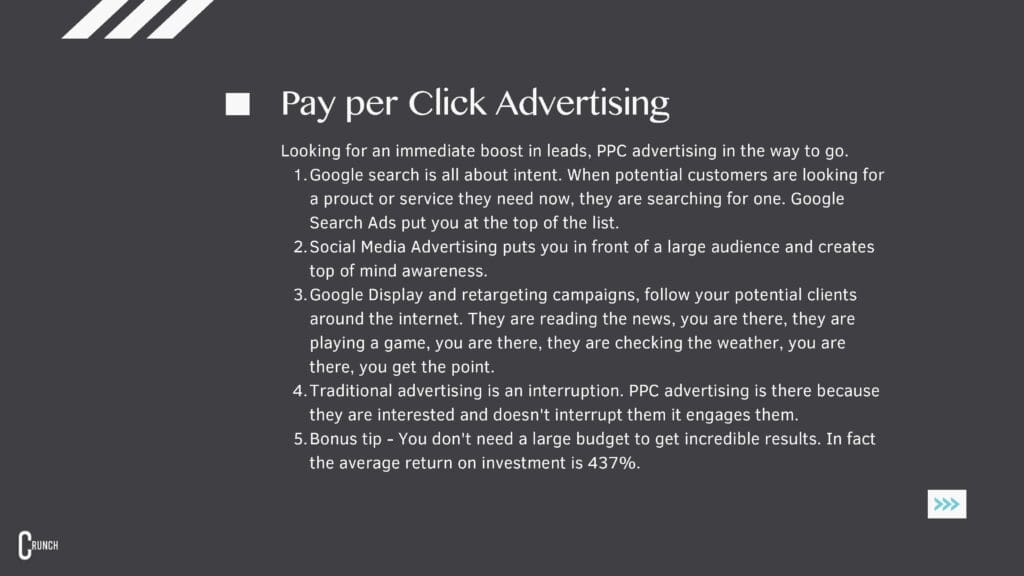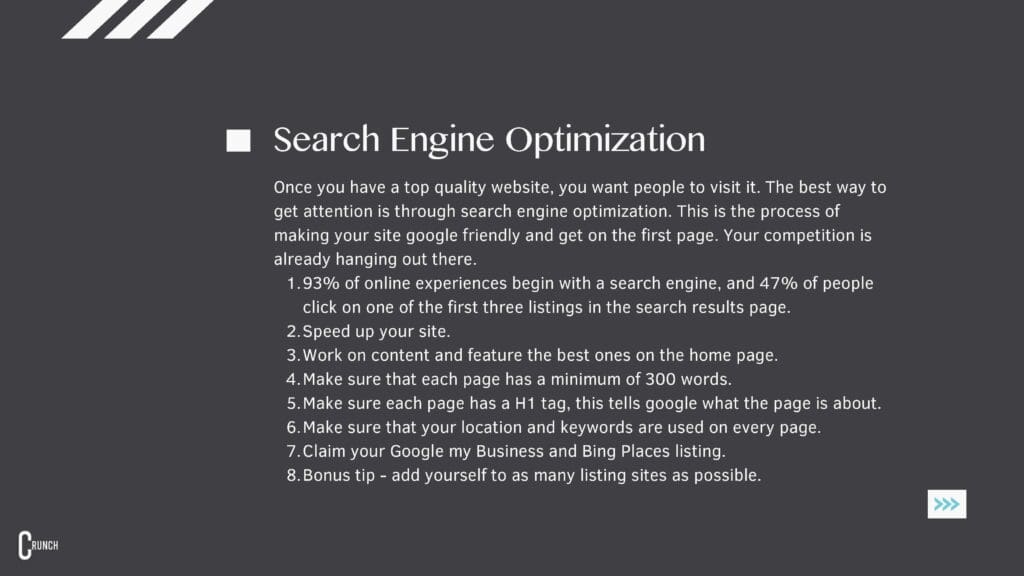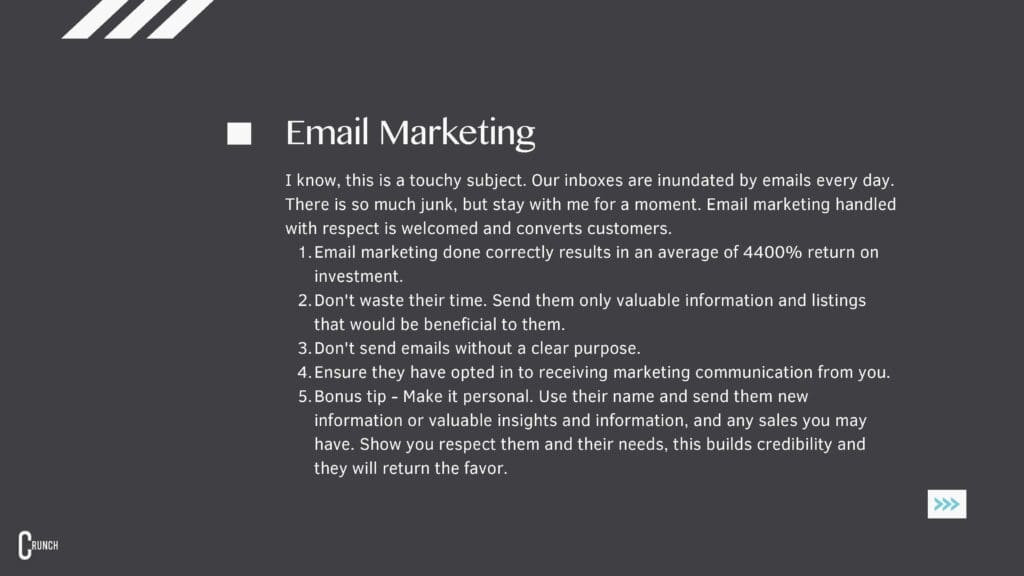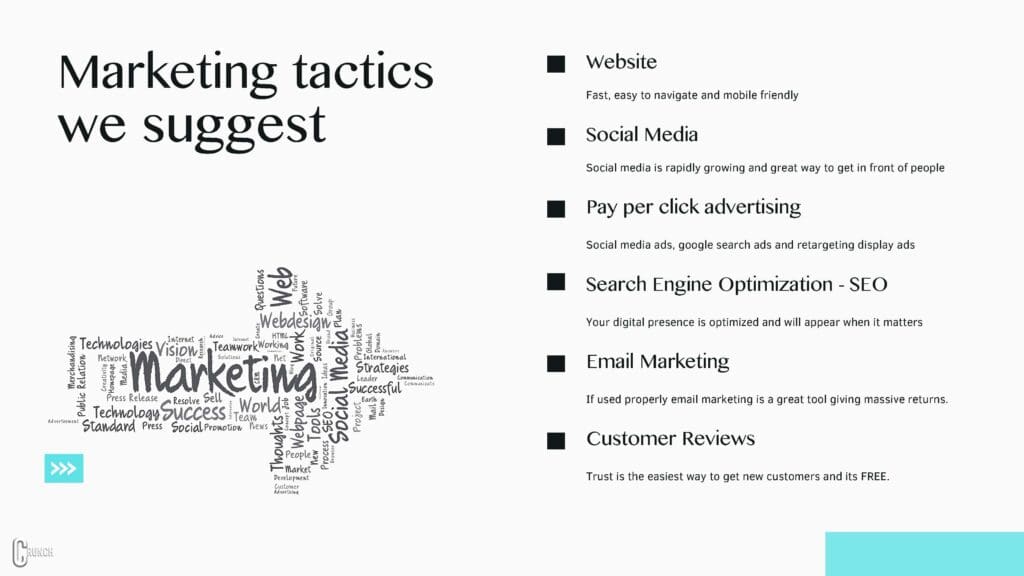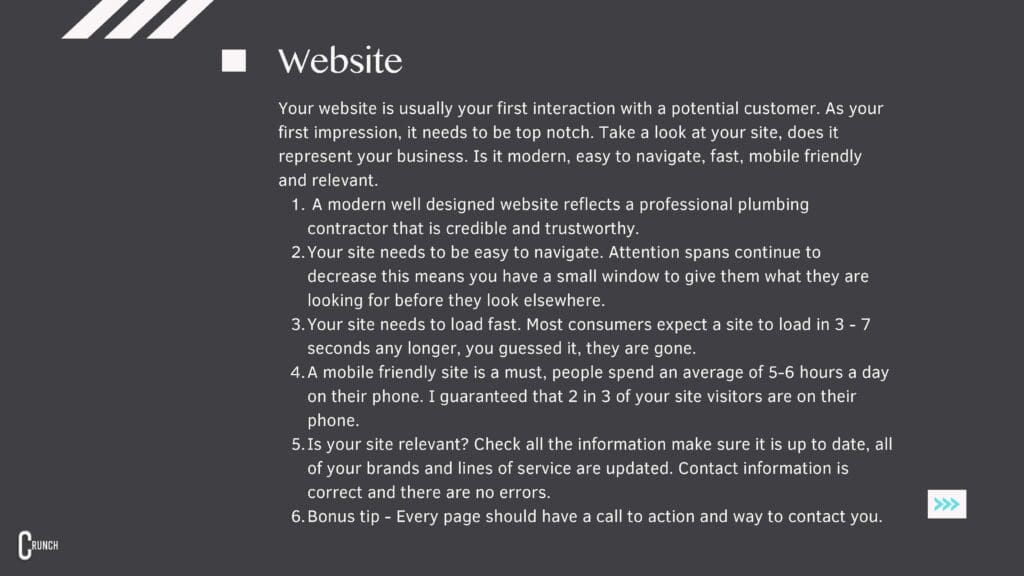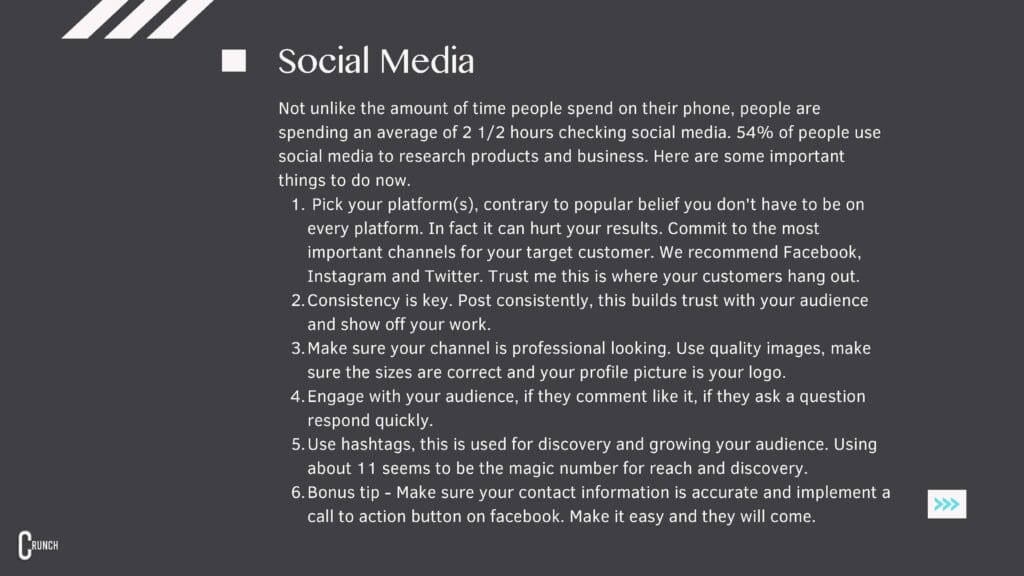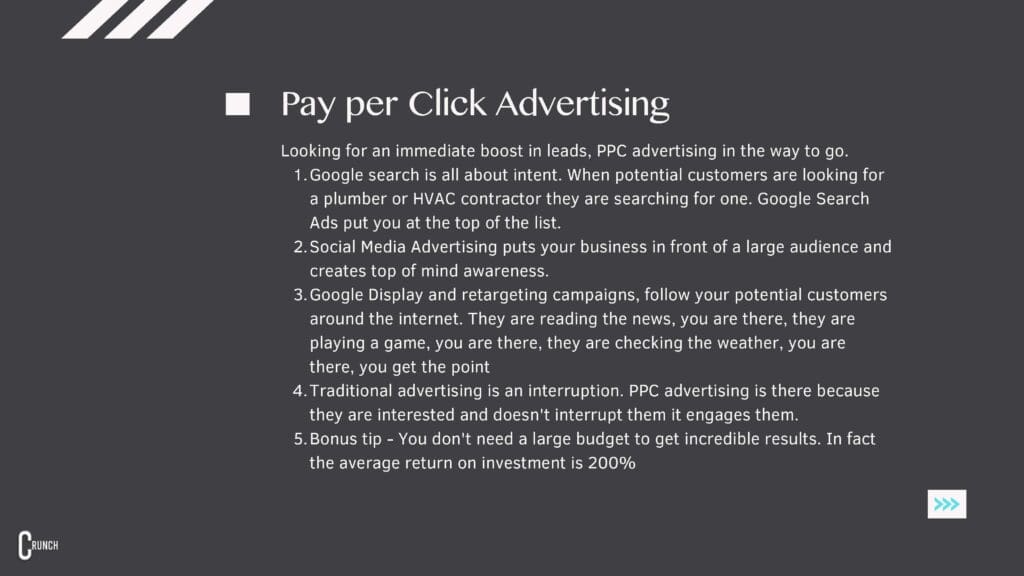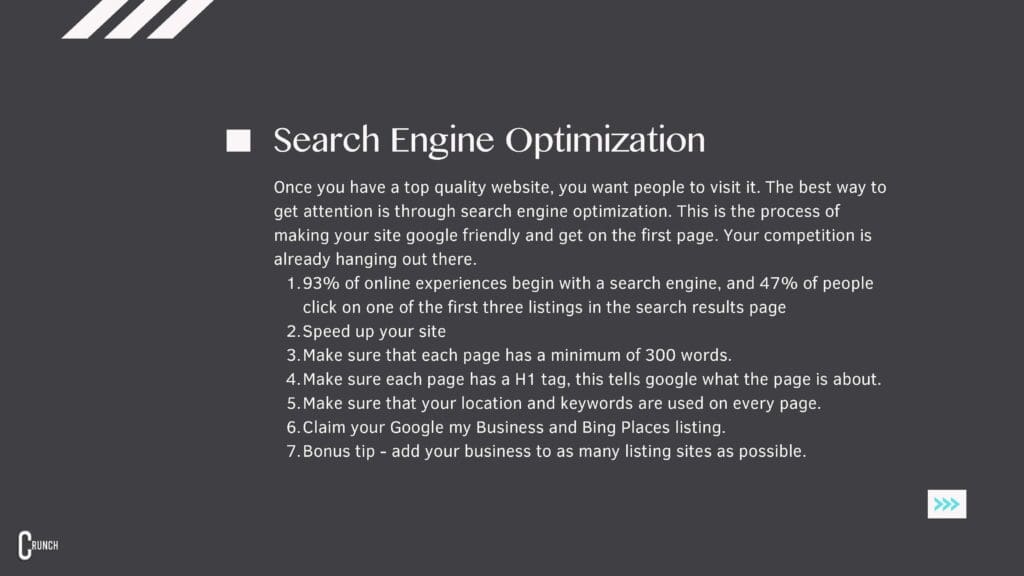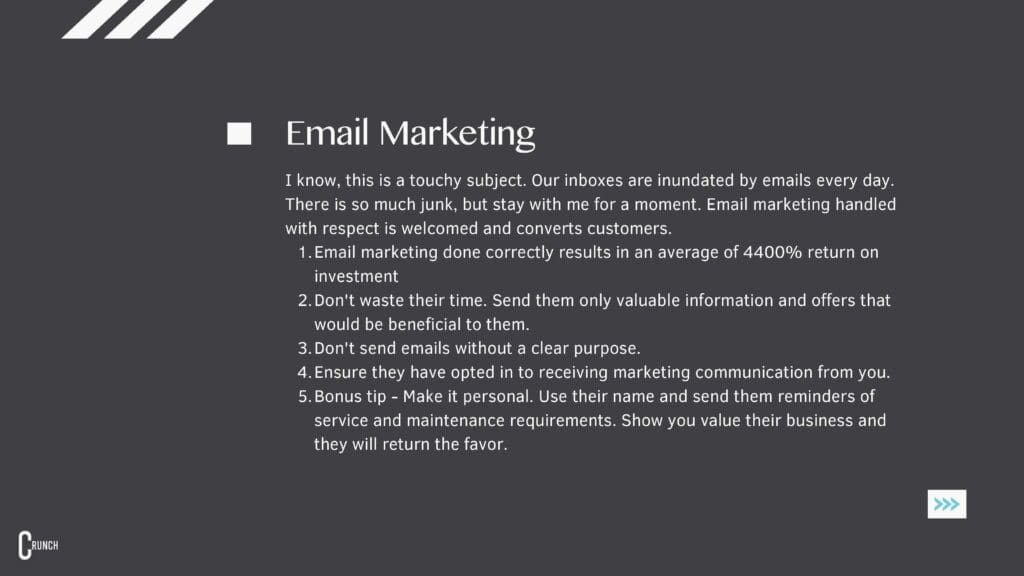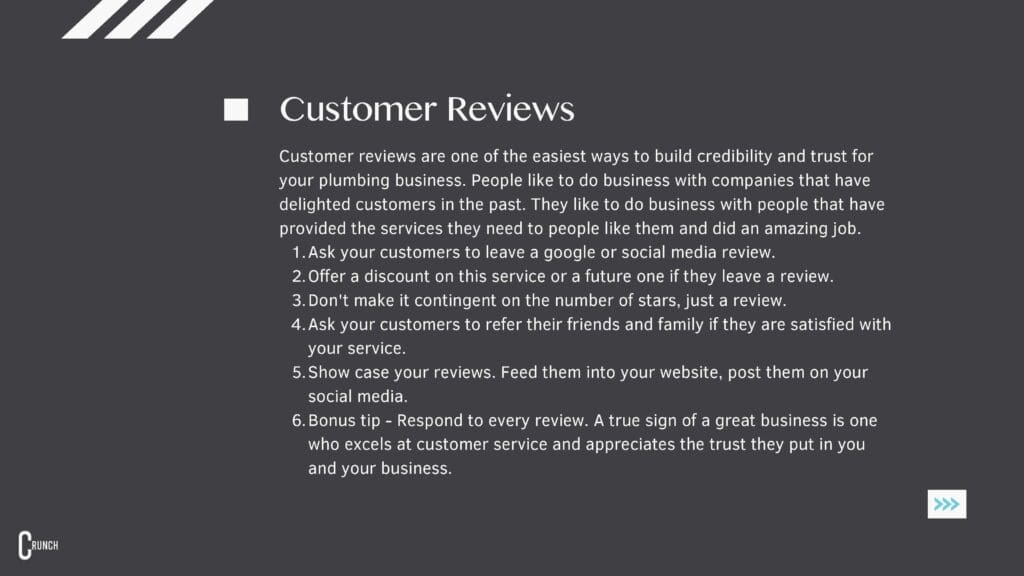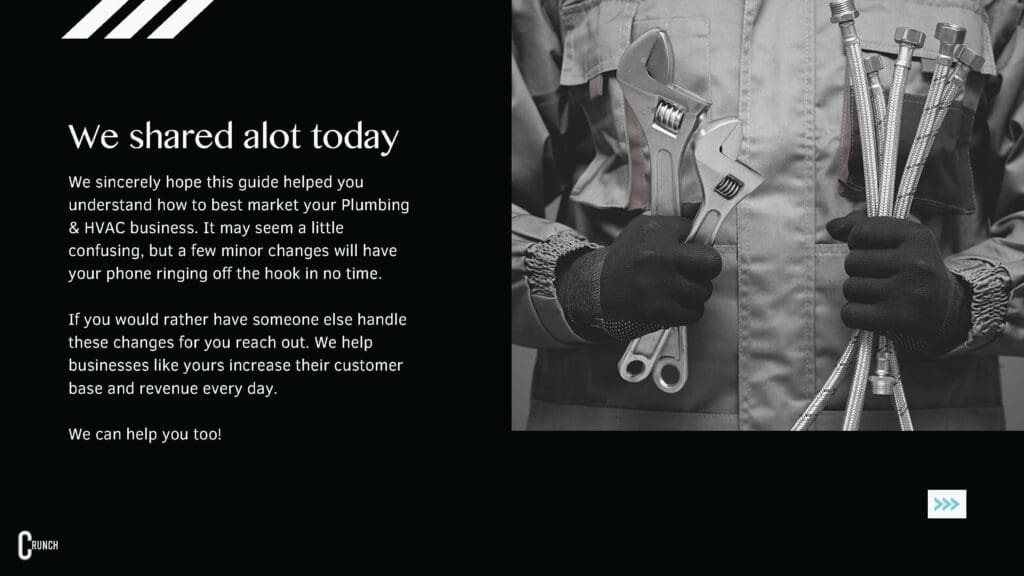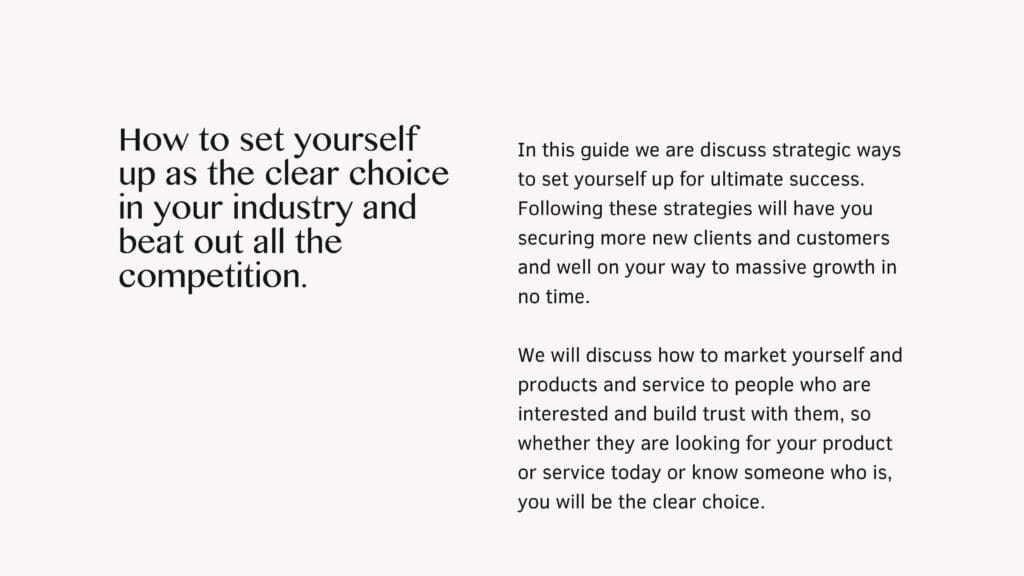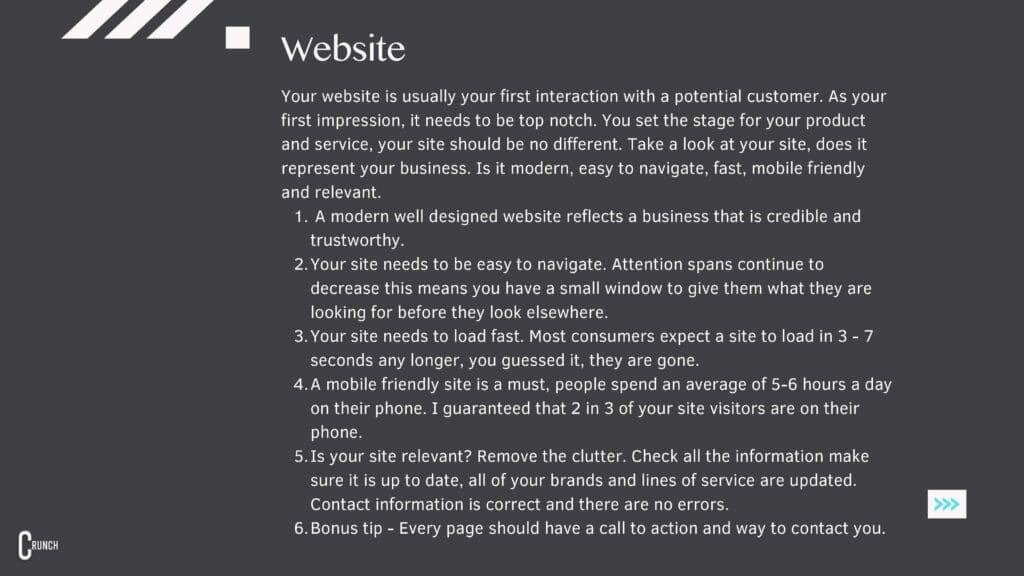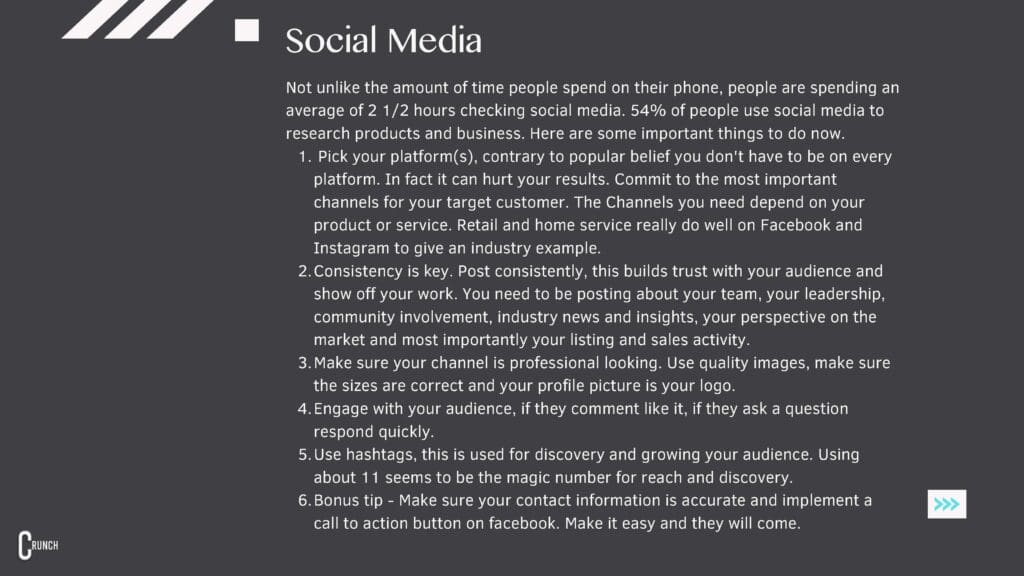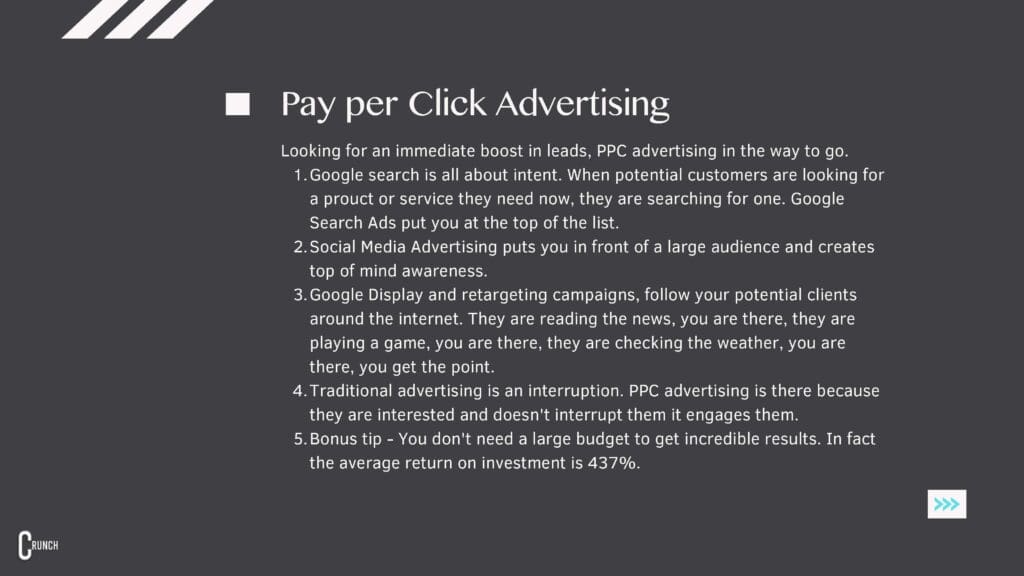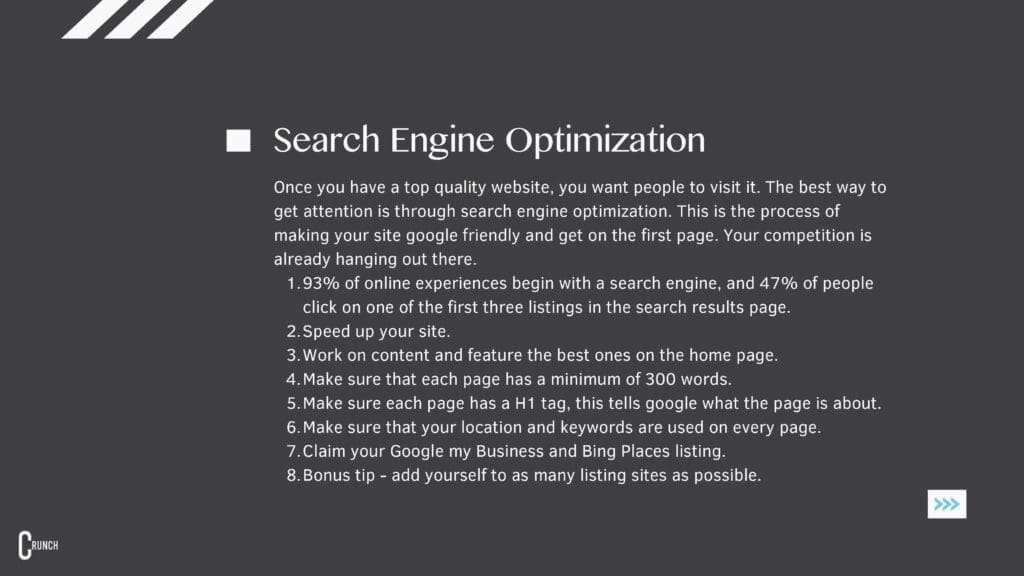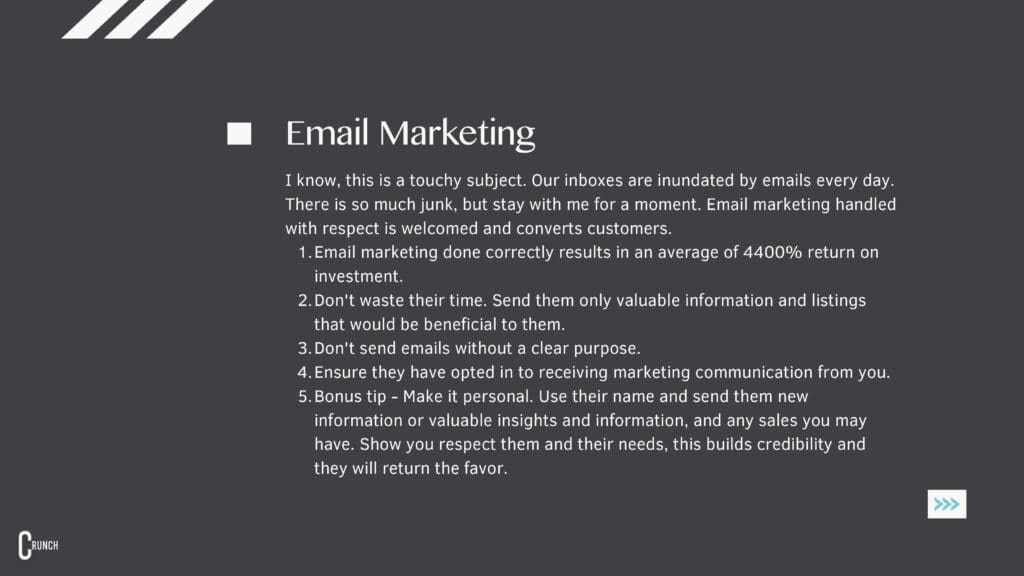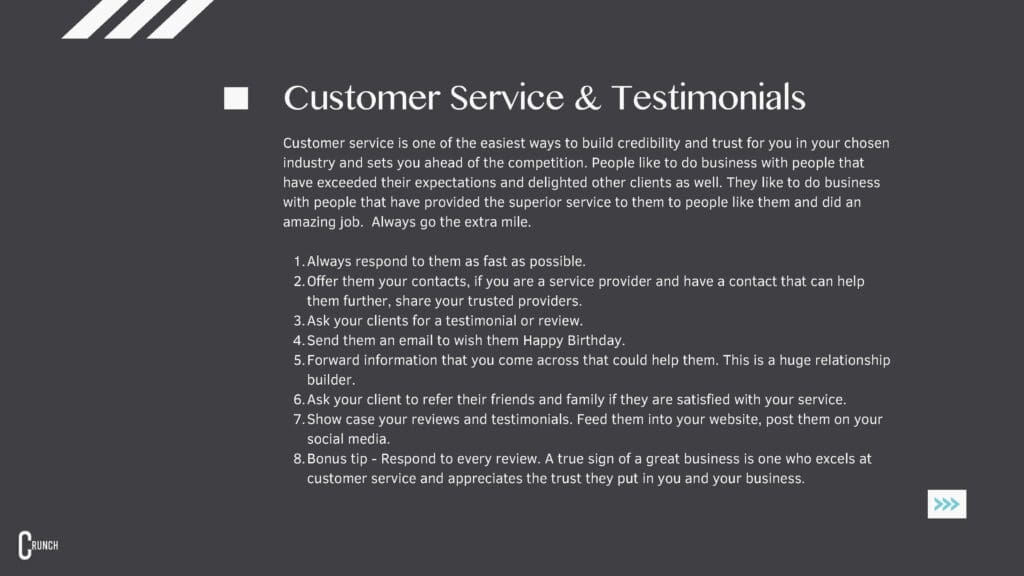In today’s world, customer experience is everything. If you’re a small business owner, it’s up to you to deliver the best experience possible for your customers. However, this doesn’t mean that you need to hire an army of customer service representatives or spend millions on technology like chatbots and AI-powered virtual assistants. Instead, here are some simple ways you can improve your online customer experience:
Customer Experience is more than just the product or service offered by a business. It’s also how customers feel about their interactions with employees and what they think of your brand. Customers want to be treated well by everyone who works at your company — from receptionists to sales reps — regardless of whether they’re spending money at that moment or not. The goal should be for every interaction between customers and employees to be an enjoyable one so that each transaction is memorable for all parties involved.
Customer Service
The customer service you provide is a huge part of your overall online experience. It’s not just about satisfying the customer; it’s about providing a great experience so that they keep coming back, it’s also about how they perceive your business as a whole.
Provide fast, friendly service: Think of what you expect from any other company when you have an issue with their product or service—you want to get in touch with someone quickly and talk to them directly, ideally over the phone or via email. Consider adding live chat features so customers can connect with staff members 24/7.
It is important to treat unsatisfied customers exactly the same as your happy ones. How a business handles an issue with a customer can make or break that relationship. A customer will become more loyal to a business they have a problem with and it is resolved quickly and fairly than if they never had an issue at all.
First, assess what the customer experience is now.
First, assess what the customer experience is now. Ask yourself some questions and don’t forget to go to the source. Don’t be afraid to ask your customers how you are doing, after all it is them you are trying to better for, so ask them how you can improve their experience.
- What is the current customer experience like? How do you know?
- Who are your customers? What kind of service do they receive from you and your company?
- Is it good or bad? Do you have a process for collecting feedback on customer satisfaction (or dissatisfaction)?
Then, improve from there.
Once you have a baseline for your customers’ experiences, you can improve from there. Here are some tips for doing so:
- Be open to feedback. Ask for it and listen to what people say about their own experiences with your business.
- Take action on what they tell you, whether that means making changes or simply taking notes and keeping them in mind for the future.
- Once you have made the changes, don’t stop.
- Continue to assess the customer experience, buying habits change, staff changes and customers change. This is not a one and done process.
Be authentic.
You are more than your company. You are a person with feelings and goals, just like everyone else. So don’t try to be someone you aren’t people can sense inauthenticity from miles away! Be honest about who you are and what makes your business unique. Your customers will appreciate it, and they’ll feel more connected to your brand as a result.
Authenticity is a powerful quality, and it’s one that brands should strive for. By being honest with your customers and sharing what makes you unique, they will feel like they are part of something bigger and more than just another transaction.
Be open and honest.
When you’re running a small business, it can be easy to fall into the trap of thinking that no one knows or cares about the work you’re doing. But don’t forget: in this age of social media and online reviews, there are people out there who want to hear from you. They want to know how your business is doing and what your plans are for the future.
Be open and honest with customers about everything that’s going on in your life—both good and bad. Show them what makes you proud as a small business owner: maybe it’s how much time you put into creating an innovative product or service.
In any case, if transparency is important to your company culture and it most definitely should be, then make sure you are honest and transparent with your customers. It is part of building a relationship with your customer, and it is how you turn customers into advocates!
Don’t hide anything.
If you make a mistake, admit it and fix it. If something goes wrong with a customer’s order, own up to it and make things right by sending them out a replacement item or refunding their money.
Be honest about your successes: share any exciting news about things that have gone well for you or your company with your audience—for example, if one of your products was featured in an online magazine (like this one), share the article with us!
Be honest about your prices: if you’ve had to raise prices due to rising manufacturing costs or other factors outside of your control—and most small businesses do—make sure that customers know why their bill went up so they understand there wasn’t anything frivolous behind the increase.
Be honest about policies: be transparent when explaining any policies related to shipping times, returns/exchanges/refunds, etcetera so everyone knows what they can expect from working with you as opposed to just buying something off Amazon without knowing these details first hand prior purchase confirmation process during checkout process time window before shipment date when original order placed
Have a clear brand.
Your brand is more than just a logo, it’s the very essence of who you are as a business. Choosing the right brand can be difficult, but it’s important to get it right because once established, your brand will help guide your customers’ experiences with your company.
The first step in creating an impactful customer experience is to define what makes up your business’ unique voice and identity. What do you stand for? How will customers know if they’re getting the best possible experience from working with you?
Once these questions have been answered, it’s time to establish how others will see that personality come through on all touch points from emails and social media posts all the way down to packaging. The best way to do this is by defining key values that reflect what makes up an excellent customer experience: reliability, and authenticity.
Practice good communication as much as possible.
Communication is the key to an excellent customer experience. You need to be able to communicate with your customers, employees, vendors and partners.
When it comes to communicating with your customers: It’s important that you can answer any question they have in a timely manner. If they’re trying to book a trip through your site and there are questions about the flight times or dates, then they’ll want those answers quickly so they can make their booking decision. They also want to know what happens if their flight gets delayed or canceled; how long will they wait on hold? Will someone call them back?
One of the biggest issues in the customer relationship can be misunderstandings. You can prevent 99% of all issues by communicating clearly and often. If there is a problem, be honest, let them know what the issue is and when it will be resolved. Most people understand that sometimes things are not in your control, when you are clear and honest, the customer feels valued and respected. Let’s say that again for the kids in the back – 99% of all issues can be solved through communication, making the customer feel valued and respected.
Provide a forum for customer feedback.
Your past and present customers can provide the greatest insight into your future customers. Let them have their say, customer feedback is the simplest way to improve your customer experience and provide valuable insight to help you grow!
There are several ways to get this feedback – Ask them, ask them to review you on your business listing or your social channels, send surveys, offer gifts for honest feedback.
The key is making sure the option is easy to find and use, remember you are asking them for a favour, don’t make it hard for them to do or they just won’t bother. You should also make it clear what you’ll do with this information—how you’ll use it to improve service at your company or business.
Your customer is the most important part of your business, without them you don’t have a business, so their experience should be your top priority. Listen carefully to what they are saying and try to understand their point of view. Never assume that you know what they want from your business—instead, ask questions and gain a better understanding. When you do this well, customers will feel like they have been heard and understood by someone who cares about them as individuals.
Building your brand is going to be a journey, the first version will not be the last and probably not even the one that takes off. Improving your customer experience is the ultimate small business growth hack. The best part – it isn’t hard, start with honesty, open communication and focus on constant improvement and you will have an unbeatable customer experience. Love this article? We have lots of information, tips and tricks on small business, marketing, growth, and all things digital, visit our Content Hub.
If you feel you could use some help attracting new customers, Reach Out! We have small businesses attract new customers every day and you could be next.

